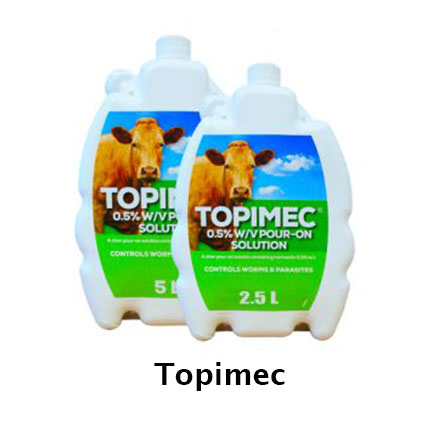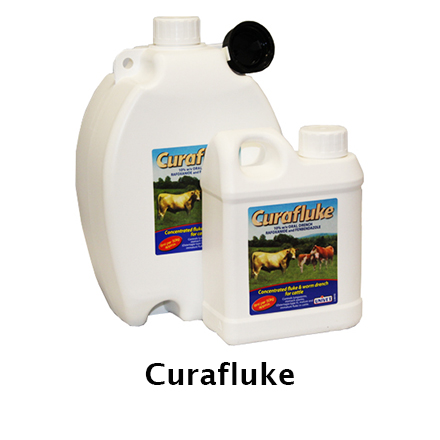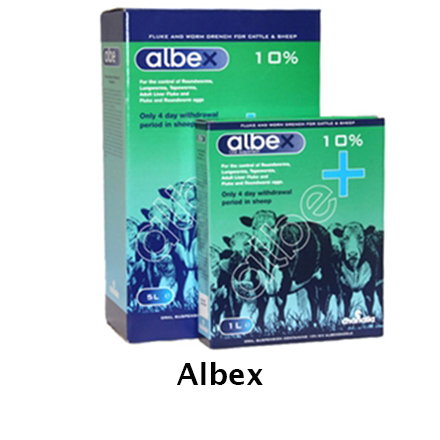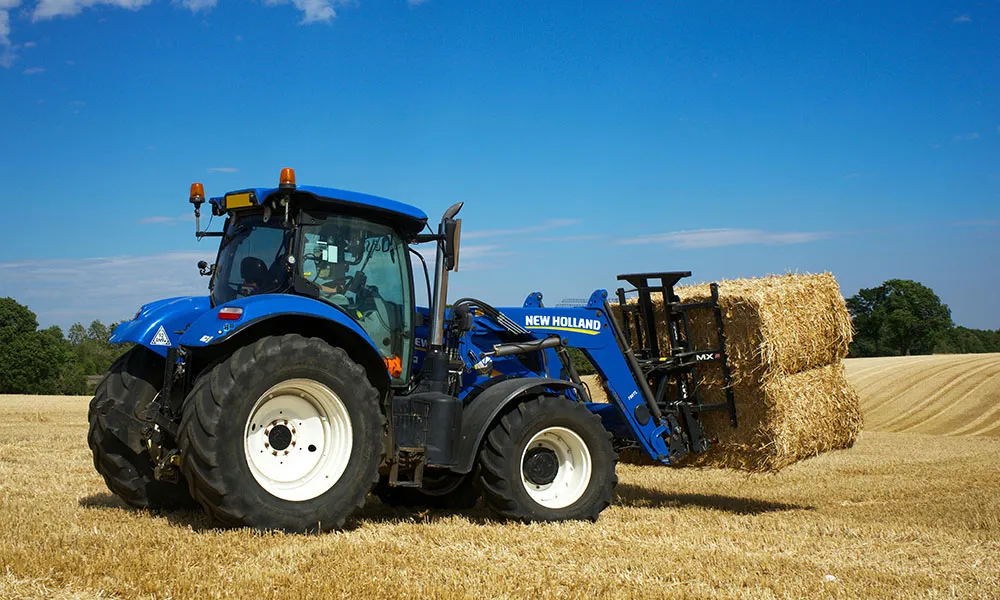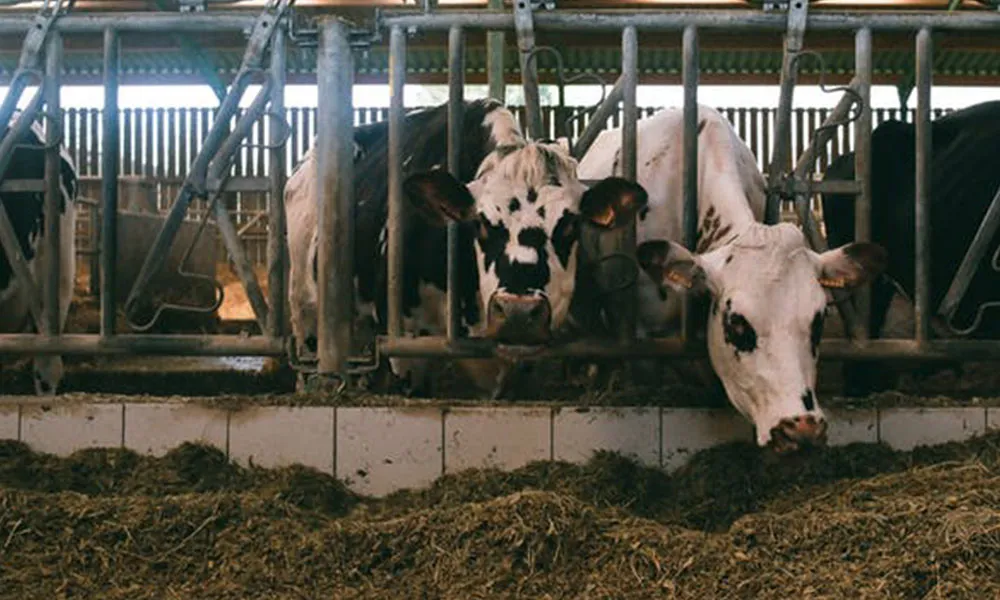
Major revenue loss
Bovine Respiratory Disease (BRD), often referred to as Bovine Pneumonia, is among the most devastating conditions that farmers may have to deal with over the winter months. With the exception of very young calves, Bovine Respiratory Disease can strike cattle of all ages.
However, like many other conditions linked to the spread of infectious disease, it is most often identified among housed cattle and is prevalent in herds of cattle imported from diverse locations. It is difficult to overestimate the economic cost of BRD on Irish farms. Respiratory diseases in cattle are highly infectious, have exceptionally high mortality rates (up to 25%) and are among the foremost reasons for carcass rejection at slaughter.
What causes BRD?
Generally, BRD is caused by uncontrolled viruses and bacteria in the herd. Among the most lethal of these are Mannheimia haemolytica and Pasteurlla multocida, though other agents such as RSV, PI3, BoHV-1 (IBR), BVD and Bovine coronavirus are also considered significant causes of disease.
It is generally recognized that cattle housed in poor conditions are more likely to develop BRD, and this is why farmers are always encouraged to ensure hygienic and well ventilated housing conditions.
Signs and symptoms
Cattle suffering from Bovine Respiratory Disease exhibit difficulty breathing, and breathe much faster than a healthy animal. An infected cow will have little appetite, usually has a cough and invariably shows a mucus drip from the nostrils. While these are the most common symptoms, raw mucous membranes, conjunctivitis and low milk yield in lactating cows are also prominent features. If you notice any of these signs in your herd, you should contact your vet immediately.
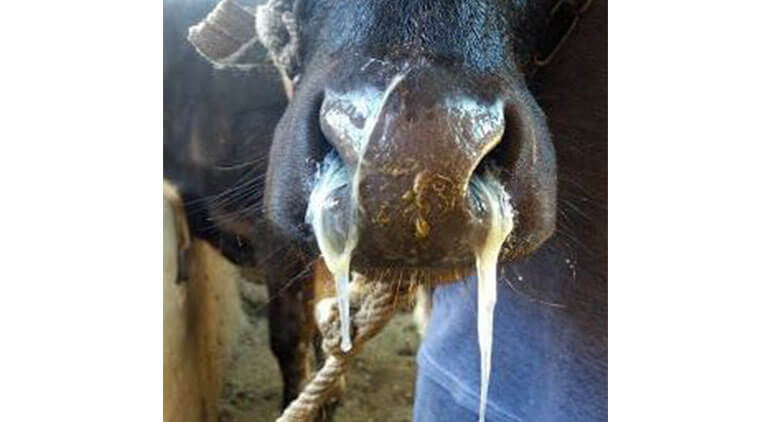
Diagnosis
Diagnosis of BRD usually involves some for of veterinary examination. In many instances, BRD is only diagnosed via post-mortem examination. However, the disease may also be identified by clinical examination and laboratory testing. Farmers should be as proactive as possible in trying to diagnose the disease early, and your veterinarian will advise as to the best diagnostic methods.
Preventing a BRD outbreak on your farm
There are many easy steps you can take to prevent an outbreak of BRD in your herd. In the first instance, do not let newly imported cattle run with the herd immediately after purchase. Generally, it is a good idea to house bought-in cattle separately for at least a year. While this may seem an extreme action to some, it will ensure that any potential diseases, including those linked to BRD, will not have a chance to spread through the herd and wreak havoc on farm revenue.
Housing Plans
A carefully prepared winter housing plan is also essential for the mitigation of risk. Good air circulation in the shed, and the reduction of animal stress during the housing period, will help to prevent disease spreading within the herd. Furthermore, it is crucial that animals are provided with adequate nutrition throughout the housing period. Malnourished cattle are much more susceptible to disease. If an unhealthy cow contracts an infection that targets the respiratory system, she is much more likely (than a healthy animal) to develop BRD.
Remember that cattle require a diet that contains adequate fibre, as well as key vitamins and minerals for the maintenance of overall health. Fibre can be provided in a range of feedstuffs, including good quality hay and silage. If you feel that your cattle are not getting adequate nutrition from feedstuff alone, consider placing mineral licks in the feeding lot and/or dosing with mineral and vitamin drenches before and during the housing period.
Lungworm
Lungworm is often thought to be a major contributor to the development of BRD. To safeguard your herd against it, you should treat animals regularly using an appropriate drench or injection. Most of these will also help you to manage fluke and gastrointestinal worms – two parasites that severely compromise an animal’s ability to fight a respiratory infection.
Thanks for reading
As always, thanks for reading. If you have any thoughts on how to manage the threat of Bovine Respiratory Disease, please be sure to contact us. Here at Agridirect.ie, we are always interested in hearing and sharing the opinions of farmers on the ground.




